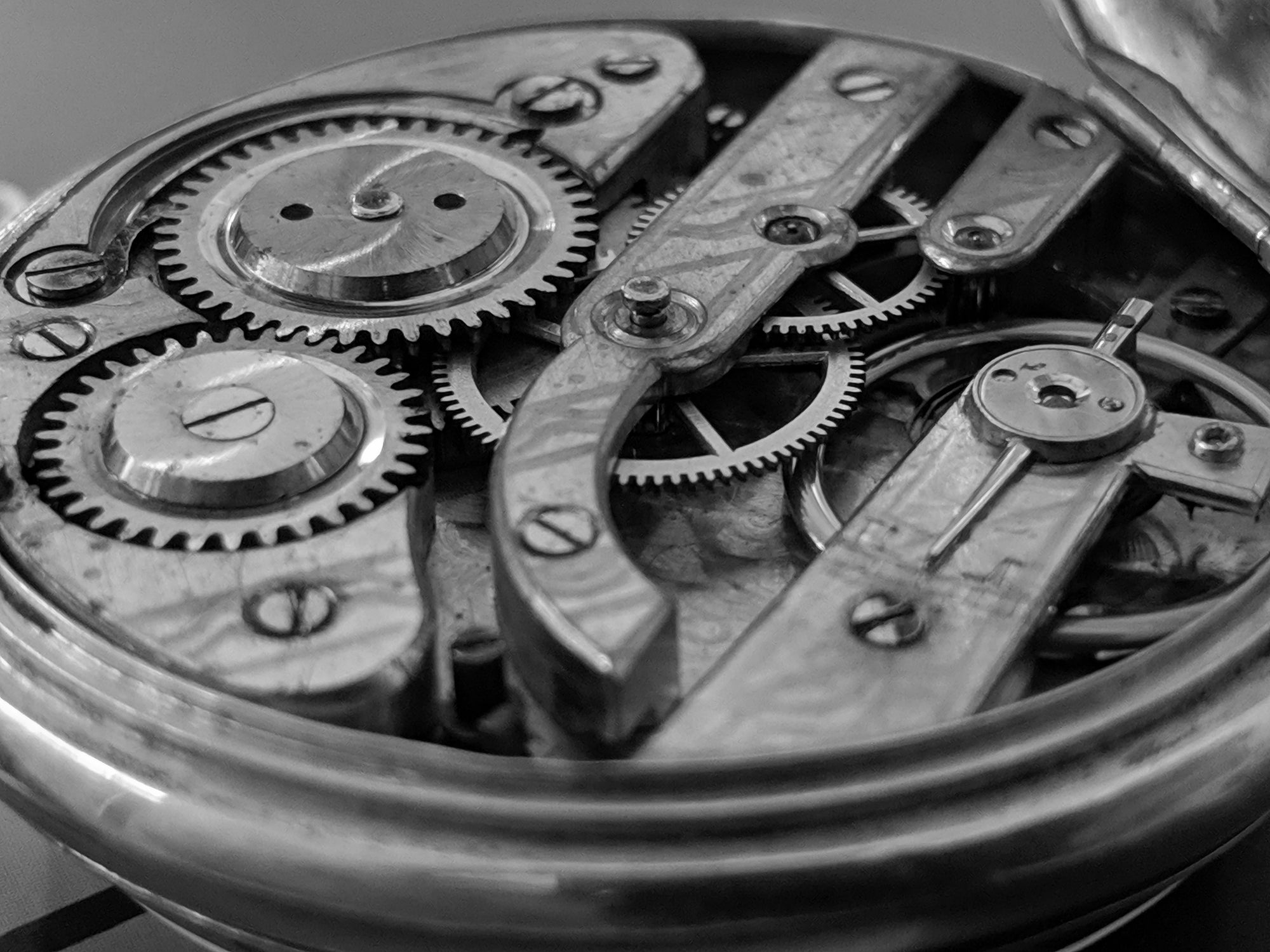Watches transcend mere fashion accessories; they house intricate mechanisms that measure time with astonishing precision. At their core, they harbor the remarkable marvel known as the watch movement. In this blog post, we'll unravel the science behind watch movements, exploring the inner workings of automatic, quartz, and manual movements. Additionally, we'll highlight Huber Watches' exceptional movement choices, a testament to their dedication to precision and craftsmanship.
Automatic movements, also termed self-winding movements, embody the fusion of engineering and artistry. They feature a rotor that harnesses the wearer's wrist movement to wind the mainspring, storing energy to power the watch without the need for a battery.
Quartz movements spearheaded a revolution in watchmaking with their unparalleled accuracy. These movements rely on a tiny quartz crystal, vibrating at a consistent frequency when subjected to an electrical current. The crystal's vibrations serve as a metronome, orchestrating the passage of time with remarkable precision.
Manual movements, also known as hand-wound movements, offer an unparalleled connection between the wearer and the watch. Daily winding of the crown keeps the watch running, an act of simplicity that underscores the mechanical elegance of these movements.
Huber Watches' dedication to precision transcends mere movement selection; it is an intrinsic part of the brand's DNA. Each watch undergoes rigorous testing and quality control, meeting the brand's exacting standards. From hand alignment to movement calibration, every detail is scrutinized, delivering a timepiece that withstands the test of time.
The realm of watch movements is a captivating fusion of science and art, where precision, reliability, and beauty converge. The next time you don a Huber timepiece, remember that it transcends the realm of a mere watch; it embodies the science of precision and the artistry of watchmaking.
